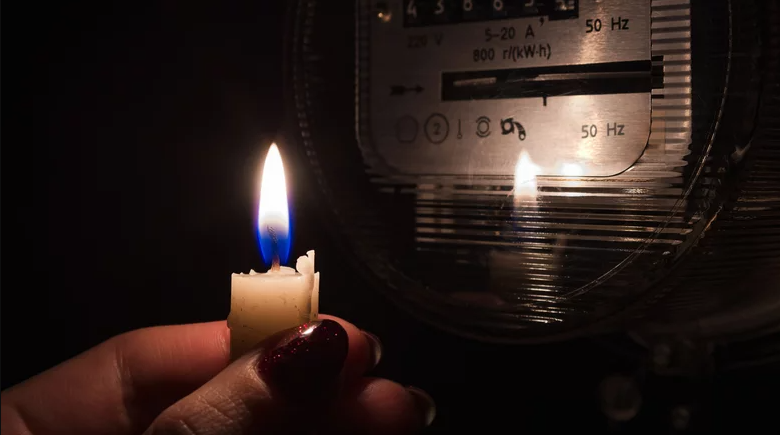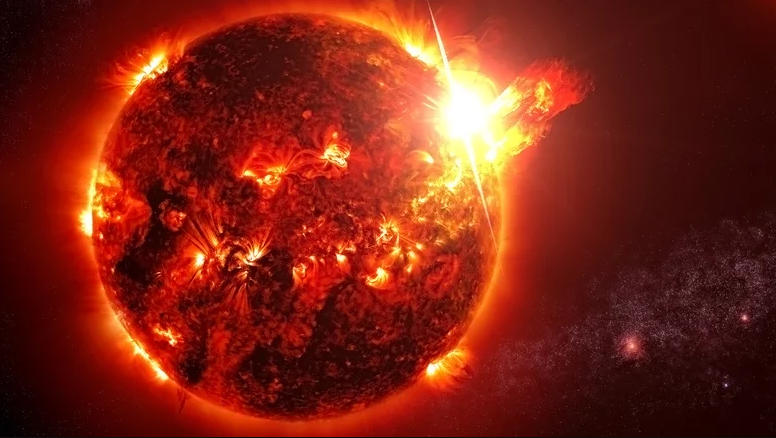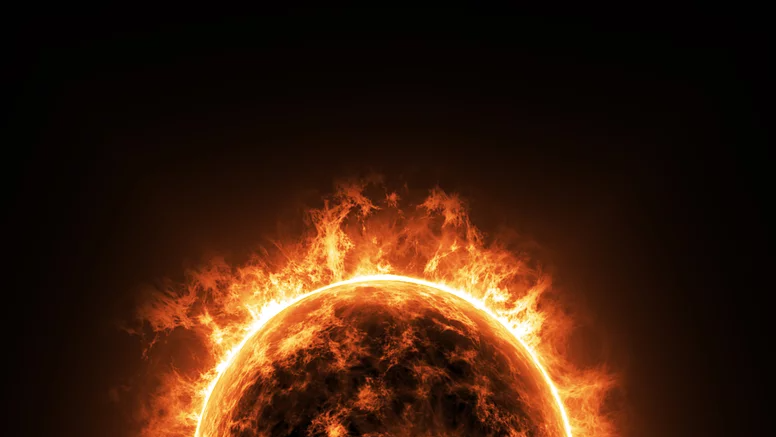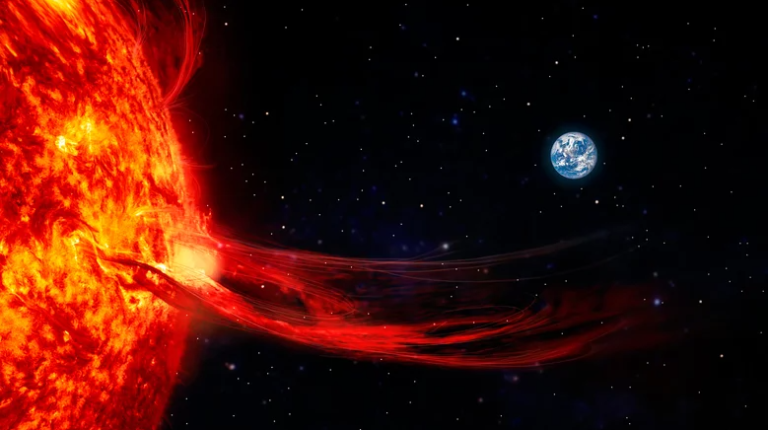The Solar Flares Are More Dangerous Than You Realized
It’s easy to ignore solar flares as they are constantly-occurring phenomena, until an extremely strong one directly impacts Earth, that is. Solar flares are explosive pockets of searing plasma that occur on our star’s most active areas, known as sunspots. They’re also responsible for numerous events that can shake the planet, particularly the lives of its inhabitants. In the past, such occurrences went by largely unnoticed, until astronomer Richard Carrington documented the first one in 1859, in what’s now known as the “Carrington Event” (via NASA).
At the time, the only form of technology adversely affected by this unusual event was the telegraph, which led to sparking fires in electrical wiring, shocking some operators in the process. Nowadays, however, the world is more dependent on technology than ever, which means solar flares can have a much greater impact. The question now is, how bad will the damage be if a potentially calamitous solar flare hits Earth?
Scary solar flares have already happened

Some of the biggest solar flares we’ve seen have caused major power outages, disrupted communications, and wreaked havoc on various electrical instruments throughout recorded history (via Space.com). In 1972, for example, solar flares were responsible for preventing long-distance communication across various states in the U.S., forcing telecommunications giant AT&T to improve its power system. However, a more severe solar flare event led to a massive blackout in Canada, 17 years later.
The energy of this flare was akin to the fallout from numerous nuclear bombs, according to NASA. It was so strong, it created underground electrical currents across North America, leading to a total blackout in Quebec just two minutes after finding vulnerabilities in its power grid. In 2000, another solar flare caused French satellites to short circuit, while in 2006, one was so powerful, it overloaded the satellite observing it and scrambled GPS signals on the ground.
The biggest solar flare is yet to come

Satellites and telescopes have already witnessed many unnerving solar flares before, including ones that would be considered cataclysmic, if they had hit Earth. The National Oceanic and Atmospheric Administration categorizes solar flare types based on their severity and tendency to cause radio blackouts (via NOAA). NASA classifies M-Class flares as capable of causing short radio blackouts. X-Class solar flares, on the other hand, are deemed as the most dangerous, and can lead to world-wide blackouts and prolonged radiation storms that can even irradiate airline passengers.
The one responsible for shutting down Quebec’s power grid was classified as an X20 solar flare. However, NASA recorded another in 2003, which was so powerful, it overtook the GOES-12 satellite, which was observing it, and scientists had to guess its classification. Later, the event was estimated to be somewhere between X34 to X48, according to NASA. It’s lucky the explosion’s trajectory missed Earth, otherwise life might’ve been quite different.
Should you be worried of solar flares today?

Sometimes, solar flares emit electromagnetic radiation that travels to Earth so fast, NOAA claims it can affect any sunlit area on Earth in near-real time. Solar flares intercept radio signals, while Coronal Mass Ejections overload generators and cause short-circuits, per NASA. Both typically occur after the other, making a direct hit all the more worrying.
More plausible threats can stem from blackouts that render airplanes, communication towers, and emergency units blind and unresponsive, according to NASA. People who rely on cellular signals can turn into sitting ducks, while those who require accurate instrumentation readings to survive become defenseless. Although it might sound like doomsday, this scenario can only play out if we didn’t have contingency plans to begin with. Fortunately, modern power grids are now equipped with better protection from such events. NOAA has constant eyes on the sun as well, and can suggest precautionary measures should any anomalous readings occur.
Source: SlashGear
Do not forget to share your opinion with us to provide you with the best posts !




0 Comments